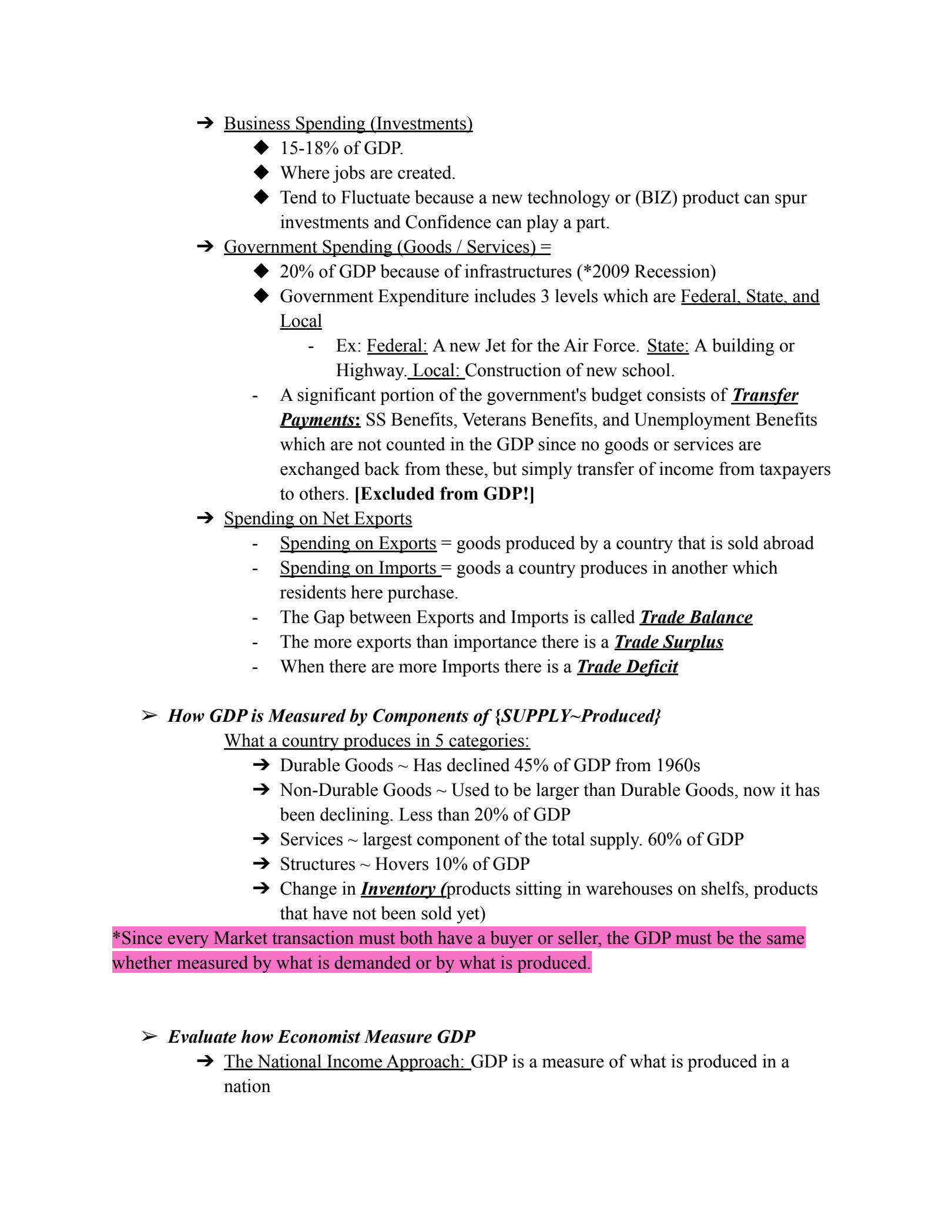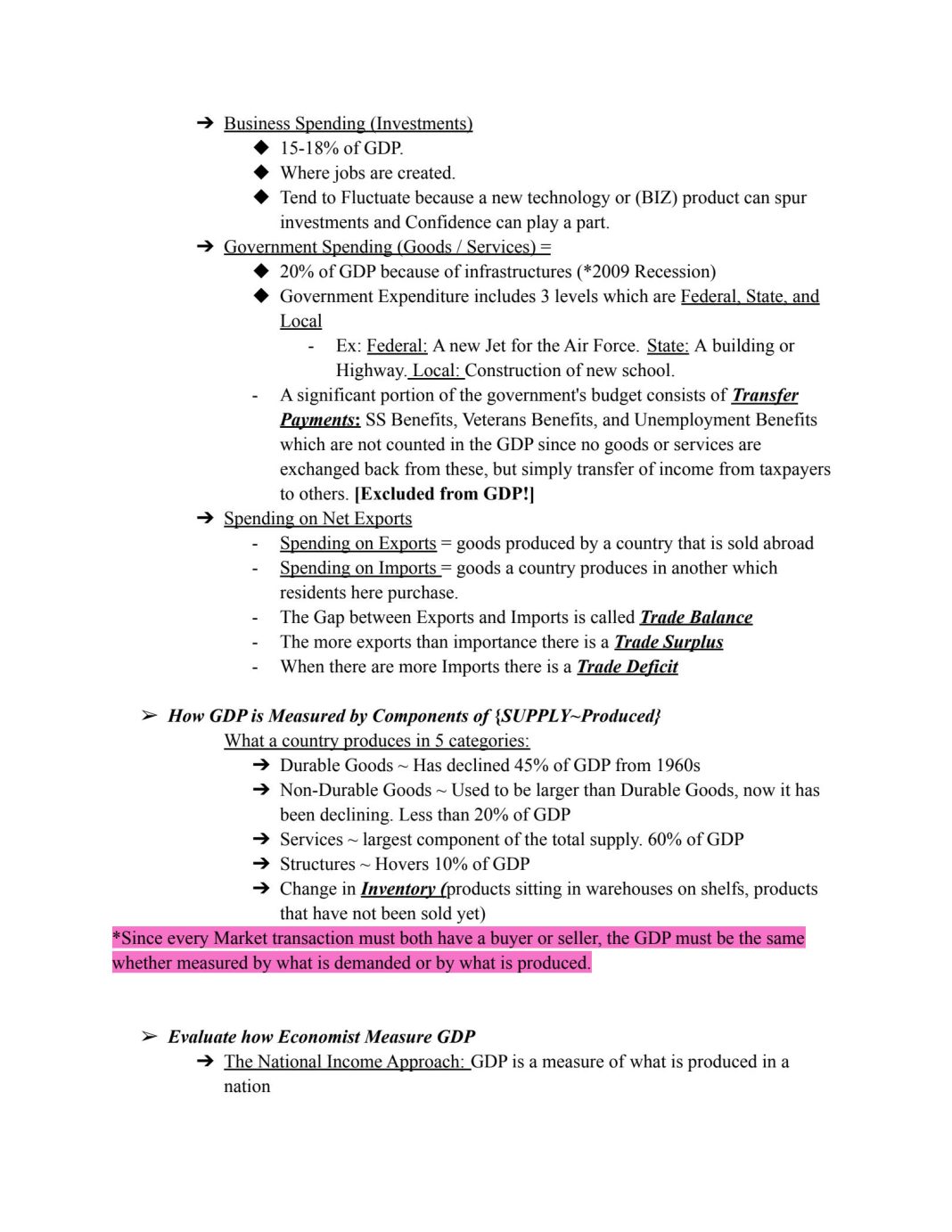 Achieving the Fed’s Dual Mandate: Timing of Rate Cuts and Macroeconomic Perspective
Achieving the Fed’s Dual Mandate: Timing of Rate Cuts and Macroeconomic Perspective
As the financial markets anticipate the Federal Reserve’s decision on the first rate cut, one Fed policymaker believes that the exact timing doesn’t matter as much as achieving the central bank’s dual mandate. Fed Gov. Christopher Waller stated at a recent event that unless there is an enormous shock to the U.S. economy in the next few months, the timing of the pivot is not a significant concern from a macroeconomic perspective.
Waller explained that changes to the policy rate have a long and variable lag, meaning that the effects of a rate reduction may not be observed in the broader economy for some time. While market attention is focused on which meeting will see the rate cut, policymakers are primarily concerned with determining when the conditions are right to take action. The ultimate goal is to achieve the Fed’s dual mandate of price stability and maximum employment.
Based on recent inflation data, Waller expressed confidence that the Fed is moving closer to reaching its objective of returning inflation to its 2 percent target. This suggests that a cut to the benchmark federal funds rate may be warranted in the near future.
Investors are already pricing in a high probability of a quarter-point rate cut at the September policy-making meeting of the Federal Open Market Committee (FOMC), with expectations of another cut in either November or December. However, the updated Summary of Economic Projections suggests that officials anticipate only one 25-basis-point reduction.
Understanding Monetary Policy Lags
To comprehend the impact of monetary policy decisions on the economy, it is important to consider the concept of monetary policy lags. Economist Milton Friedman’s work in the 1950s and 1960s highlighted the lag between policy actions and their intended effects. Friedman argued that it could take up to two years before the full consequences of monetary decisions are observed.
Bill Dupor, a senior economic policy adviser at the Federal Reserve Bank of St. Louis, emphasized in a paper that the lag can vary and be difficult to predict. While this theory still holds weight, modern economists have debated the length of time it takes to see the effects of monetary policy adjustments in the broader economy.
Fed policymakers have acknowledged this lag and have taken steps to improve transparency. Waller explained that the Fed now informs the markets in advance, instead of expecting them to figure it out on their own. This approach allows for better anticipation and preparation.
Emphasizing the Narrative: Changing Perceptions
Richmond Fed President Tom Barkin shares Waller’s sentiment that the timing of the initial rate cut may not be as crucial as changing the narrative surrounding it. Speaking at a business roundtable, Barkin emphasized the importance of data that supports the case for a rate reduction in both non-housing services and the housing sector.
To gain insights into how Fed policy influences inflation, the labor market, and the broader economy, one can analyze economic indicators, money supply data, and the Fed’s balance sheet. These indicators are published regularly for market watchers to analyze.
Despite the availability of these indicators, the Fed operates under the assumption of “long and variable lags.” Fed Chair Jerome Powell mentioned this concept during a recent discussion, stating that waiting for inflation to reach 2 percent before cutting interest rates is unnecessary.
Conclusion
While the financial markets eagerly await the Federal Reserve’s decision on rate cuts, Fed officials prioritize achieving their dual mandate over the exact timing of the pivot. Understanding monetary policy lags is crucial in comprehending the effects of rate cuts on the economy. The Fed aims to improve transparency to better inform markets about their actions. Additionally, changing the narrative surrounding rate cuts can be essential in influencing market perceptions. As the next FOMC policy meeting approaches, all eyes are on whether the Fed will take action to address current economic conditions.


